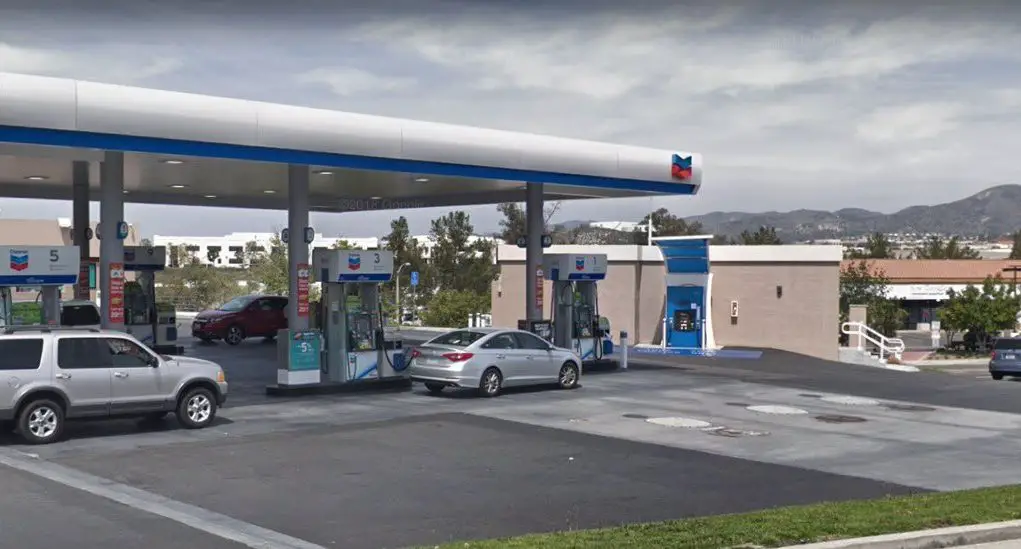The SoCal Hydrogen refueling infrastructure is showing its fragility, several stations down for repairs or maintenance.
With only a handful of Hydrogen refueling stations operational at any one time in Southern California, if one station goes down, that means the others have to take up the slack. As per several Honda Clarity Fuel Cell vehicle owners on Facebook and confirmed by checking m.cafcp.org, at least six hydrogen stations in Southern California are down for repairs or maintenance resulting in three empty ones because of increased demand.
This doesn’t mean there’s a supply problem like what happened a couple of weeks ago, this time it’s because of faulty compressors, mandatory regulatory testing or planned maintenance that’s taking too long.
And for the stations that are open, keep in mind that, unlike a regular gas station with several pumps working at any one time, a Hydrogen refueling station typically only has one pump, cars filling up one at a time. With a full H2 onsite storage tank only able to refuel 40-50 cars to full capacity, you can imagine the anxiety waiting in line with low H2 in your own car.
Here’s the latest situation at each down station as of this writing.
- Long Beach- H2 tanks empty due to increased demand.
- La Canada Flintridge- H2 tanks empty due to increased demand.
- Lawndale- H2 tanks empty due to possible maintenance issues.
- Ontario- Down till Mid-October. Basically, the replacement compressor is arriving overseas. Transport, custom, install, and purity testing means several more weeks.
- Playa Del Ray- Down for maintenance issues.
- Riverside- Down because of compressor issues.
- San Juan Capistrano- Down for maintenance
- Torrance- Down for maintenance.
- West L.A.- Down for regulatory testing.
That leaves 11 stations for the entire Southern California Hydrogen community to fight over as maintenance wraps up on a handful of those stations listed above.
The way hydrogen refueling works is that several hundreds of KGs of low-pressure hydrogen are delivered to these refueling stations, typically at night. At low pressure, this gas isn’t at a high enough pressure to go to Fuel Cell Vehicles. Refueling stations must compress that low-pressure H2 onsite to medium or high-pressure storage tanks where it can then be dispensed to cars. In between these tanks is where it can get complicated with several moving parts between refueling tanker and car.
And, as illustrated by the downed station in Ontario, it looks like good compressors come from Japan. That makes sense given Japan is pioneering this gas alternative.
For now, it looks like SoCal’s hydrogen infrastructure will stabilize by the weekend.
The short-term solution is more stations and higher capacities at these stations. Until then, one station down is one too many.





[…] Sept. 12- Unrelated to this shortage, close to half of ALL stations in SoCal undergoing maintenance or repairs… […]
Today is 9/17/2021, the same thing is happening for the past week. It was increasing harder and harder to fuel up. And today, no stations are online @ 7:50am in OC. No reporting on the issue.